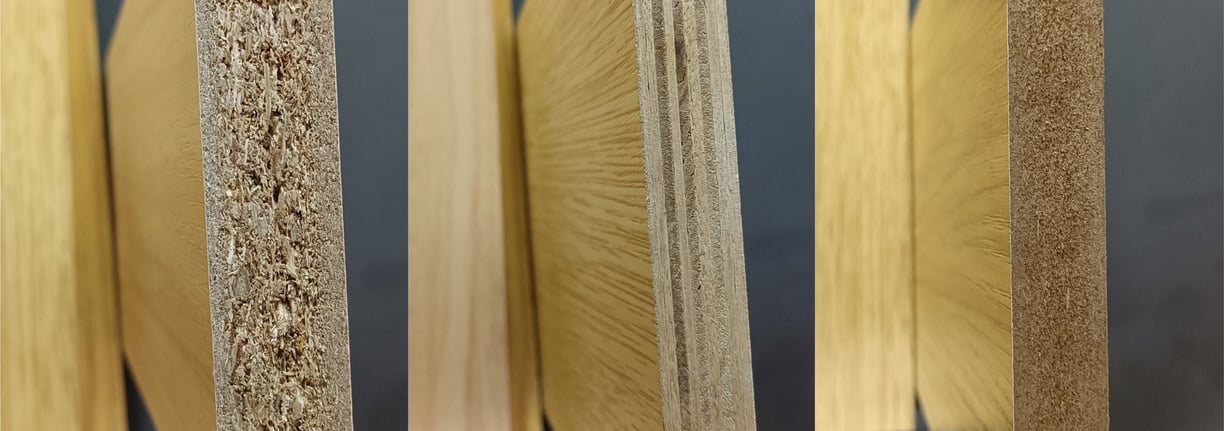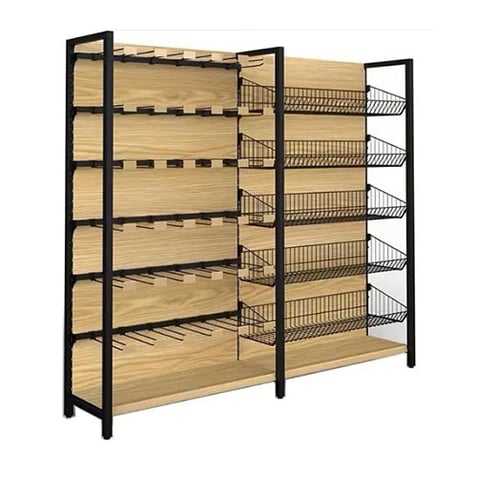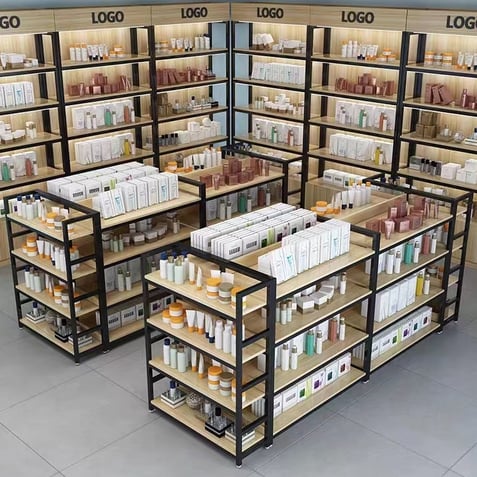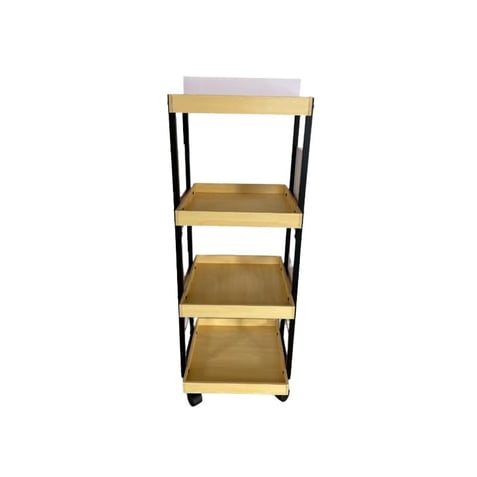Do you know the difference between Particle boards, solid wood multi-layer boards and medium-density fiberboard❓
𝐏𝐚𝐫𝐭𝐢𝐜𝐥𝐞 𝐛𝐨𝐚𝐫𝐝𝐬,𝐌𝐃𝐅 𝐚𝐧𝐝 𝐦𝐮𝐥𝐭𝐢-𝐥𝐚𝐲𝐞𝐫 𝐬𝐨𝐥𝐢𝐝 𝐰𝐨𝐨𝐝 𝐛𝐨𝐚𝐫𝐝𝐬 are materials that we come into contact with more often in our daily life, but rarely understand. This article will tell us how to distinguish it and How are they applied to display stands.
3/14/20242 min read


Particle boards, solid wood multi-layer boards (often referred to as plywood), and medium-density fiberboard (MDF) are three different types of engineered wood products, each with distinct characteristics and uses. Here's an introduction to their differences:
Particle Board:
💡Particle board is made from wood particles or fibers, often waste wood such as sawdust and wood chips, combined with a resin binder and compressed into sheets.
✅It has a uniform density and smooth surface, making it suitable for applications where a smooth finish is desired.
Particle board is less expensive than solid wood or plywood, making it a cost-effective option for furniture and cabinetry.
❎However, it is not as strong or durable as plywood or solid wood and is susceptible to swelling and warping when exposed to moisture.
Solid Wood Multi-Layer Boards (Plywood):
💡Plywood is made by gluing together thin layers of wood veneer, with each layer's grain direction perpendicular to the adjacent layers.
✅This cross-grain construction gives plywood excellent strength and stability, making it suitable for structural applications such as subflooring, sheathing, and furniture construction.
✅Plywood comes in various grades and thicknesses, offering versatility for different applications. Higher grades of plywood feature fewer defects and a smoother surface finish.
✅While plywood is generally more expensive than particle board or MDF, it offers superior strength, durability, and resistance to moisture and warping.
Medium-Density Fiberboard (MDF):
💡MDF is made by breaking down hardwood or softwood residuals into wood fibers, combined with a resin binder, and formed into panels under high temperature and pressure.
✅It has a dense, uniform composition with no grain pattern, resulting in a smooth and consistent surface ideal for painting or veneering.
✅MDF is commonly used in furniture, cabinetry, and molding applications where a smooth finish is desired, and cost is a consideration.
❎While MDF is more durable than particle board, it is not as strong as plywood or solid wood, and it is susceptible to moisture damage and swelling if not properly sealed.
In summary, particle board is the most affordable option with a smooth finish but lacks strength and durability. Plywood offers superior strength and stability due to its cross-grain construction but comes at a higher cost. MDF provides a smooth, consistent surface for finishing but is less durable and moisture-resistant compared to plywood. The choice between these materials depends on factors such as budget, intended use, and desired performance characteristics.
Let’s take a look at our several types of display racks that combine metal and wood. If you have any inquiry, please feel free to let us know. E-mail: pauline@ihtrack.com.




